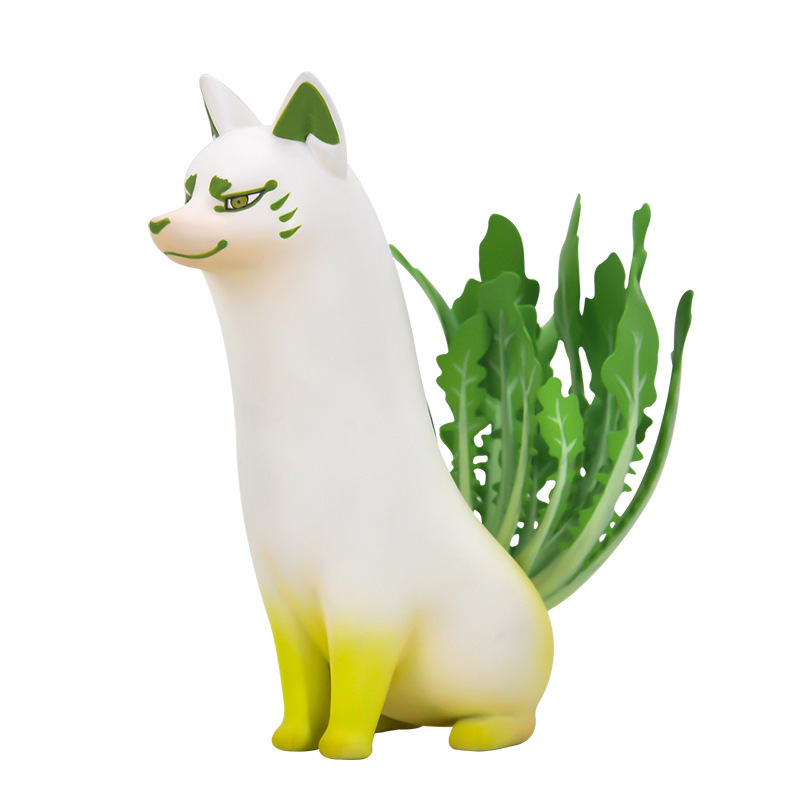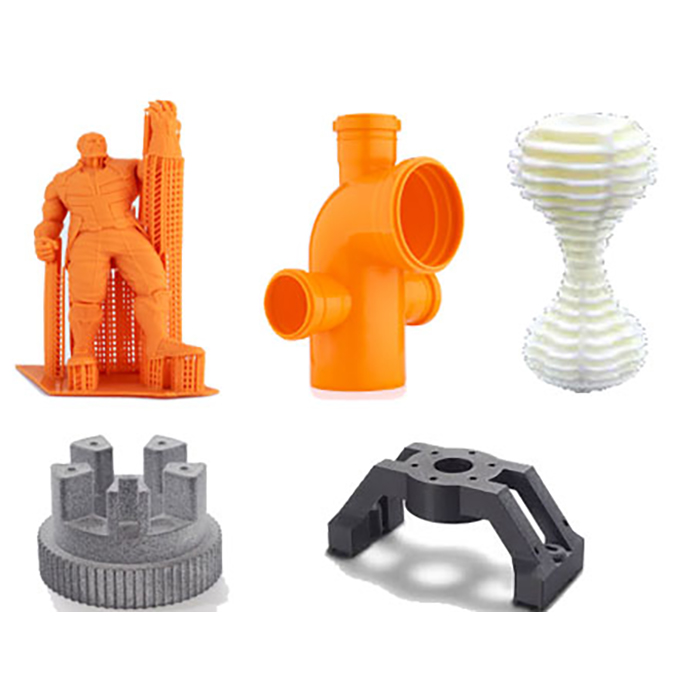3D printing technology, which is a kind of rapid prototyping technology, is a technology of constructing objects by layer-by-layer printing using adhesive materials such as powdered metal or plastic based on a digital model file. In the past, it was often used to make models in the fields of mold making and industrial design, and now it is gradually used in the direct manufacturing of some products. In particular, some high-value applications (such as hip joints or teeth, or some aircraft parts) already have parts printed using this technology.
The technology has applications in jewelry, footwear, industrial design, architecture, engineering and construction (AEC), automotive, aerospace, dental and medical industries, education, geographic information systems, civil engineering, and more.
The design process of 3D printing is as follows: firstly model by computer-aided design (CAD) or computer animation modeling software, and then “partition” the built 3D model into layer-by-layer sections, so as to guide the printer to print layer by layer.
3D Printing Service Rapid Prototype now is very popular in market, material can be Resin/ABS/PC/Nylon/Metal/Aluminum/Stainless steel/Red candle/Flexible glue etc,but resin and nylon is most common now .
The standard file format for collaboration between design software and printers is the STL file format. An STL file uses triangular faces to roughly simulate the surface of an object, and the smaller the triangular faces, the higher the resolution of the resulting surface.
By reading the cross-sectional information in the file, the printer prints these cross-sections layer by layer with liquid, powder or sheet materials, and then glues the layers of cross-sections in various ways to create a solid. The feature of this technology is that it can create objects of almost any shape.
Manufacturing a model using traditional methods usually takes hours to days, depending on the size and complexity of the model. With 3D printing, the time can be reduced to hours, depending on the capabilities of the printer and the size and complexity of the model.
Whereas traditional manufacturing techniques such as injection molding can produce polymer products in large quantities at a lower cost, 3D printing technology can produce relatively small quantities of products in a faster, more flexible and lower cost way. A desktop-sized 3D printer can suffice for a designer or concept development team to make models.
Post time: May-11-2022




